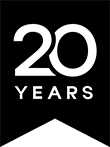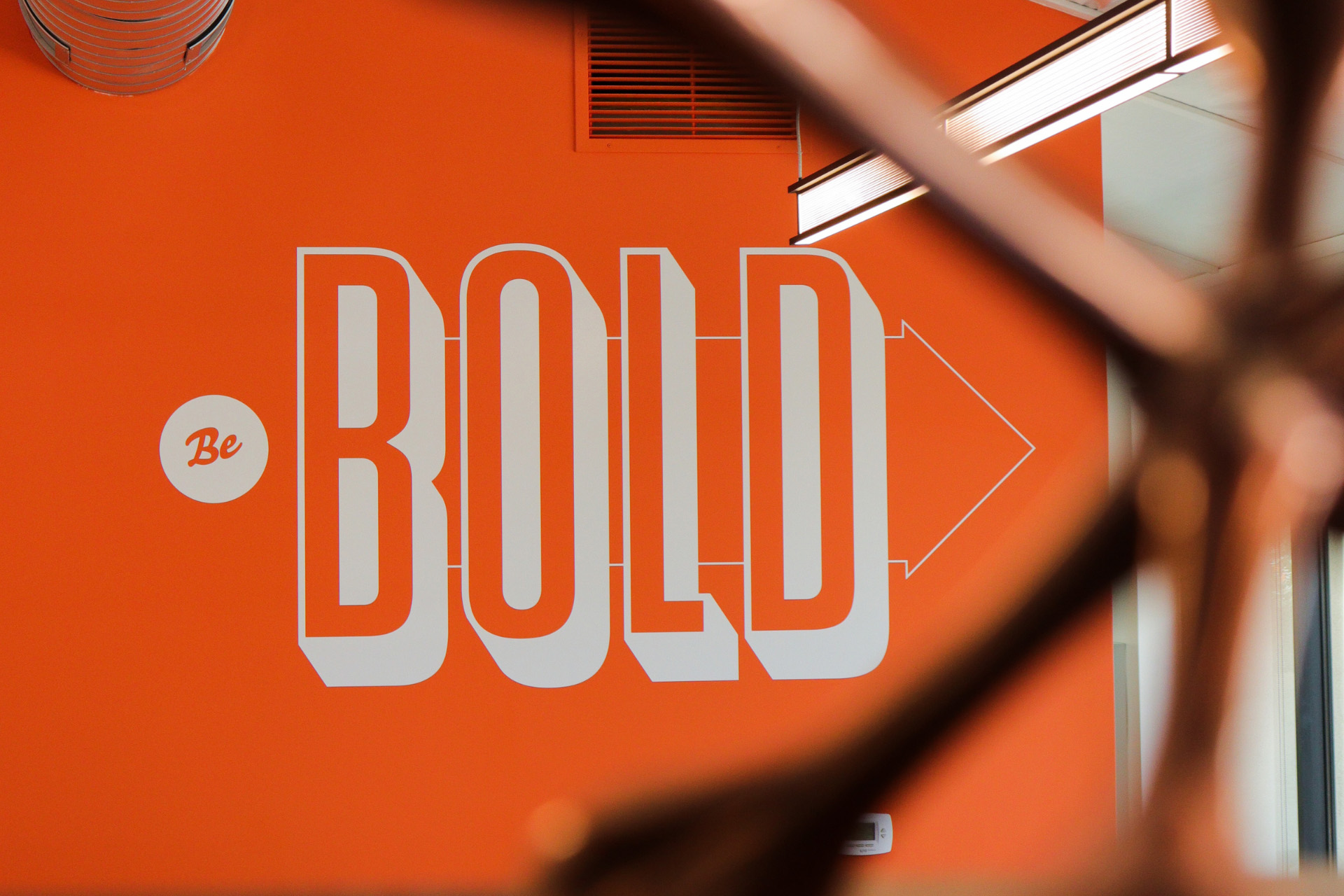- Emotional state: What is my consumer thinking and feeling in this stage? What has changed since the last stage and what causes them to feel this way?
- Consumer action: What is my consumer doing in response to their emotional state? What sources of information are they viewing?
- Company goal: What do want to see happen for your company in this stage?
- Touchpoints: Based on those goals, what marketing tactics/channels can connect you with your consumer?
- Opportunities: What can you do to improve this experience for my consumer?
Example: Let’s say we decide to open a lemonade stand. Kelsee, my consumer, needs a refreshing drink to help her cool off. She immediately searches for options nearby on her phone or as she’s driving. We want her to discover our stand through Google, social media and traditional advertisements, so we’ll run targeted brand awareness campaigns across multiple channels: paid search, social media influencers and on a nearby billboard.
Example: Kelsee wants to know more about my lemonade stand. She visits my website and social media to look into aspects of my business like proximity, pricing, flavors and on-site experience. We’ll answer her questions and concerns by including content like menus, pictures, and reviews from satisfied customers.
Step 3. ComparisonExample: Someone just opened a lemonade stand across the street from mine. Rude. Kelsee is feeling uncertain about my brand, so she’s researching her options. She’s reading reviews, comparing social media accounts and looking for special offers. To stand out against my new competitor (in a good way), We’ll utilize public relations to capture earned media attention and provide an objective, third-party opinion on my lemonade. We’ll also offer Kelsee a first-time purchase discount if she signs up for my emails!
Example: Kelsee just purchased a tall glass of my lemonade. At this point, she’s feeling excitement and relief knowing she made the right decision. Her conversion was simple: she bought a drink. But she’ll also be interacting with my staff and sitting on-site for the experience. We’re going to reinforce her decision by ensuring her experience matches my promise. If Kelsee signed up for our emails, further campaigns for specific promotions (i.e. new flavor launch, holidays, etc.) will drive more conversions within our funnel.
Example: The relationship with our lemonade consumers is strong, so their satisfaction shows in their actions. They’re sharing their refreshing experiences with friends, posting reviews and tagging pictures of our brand on social media. After Kelsee’s experience, she posts a picture of her delicious lemonade on Instagram with the brand’s hashtag. We’ll amplify her post across multiple channels like Facebook and Twitter as near real-time proof that our lemonade is the best around.




